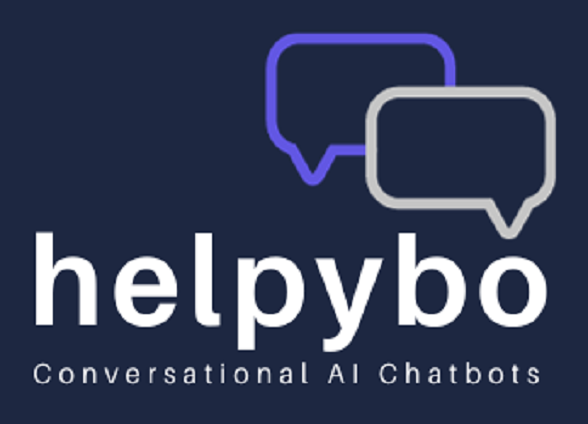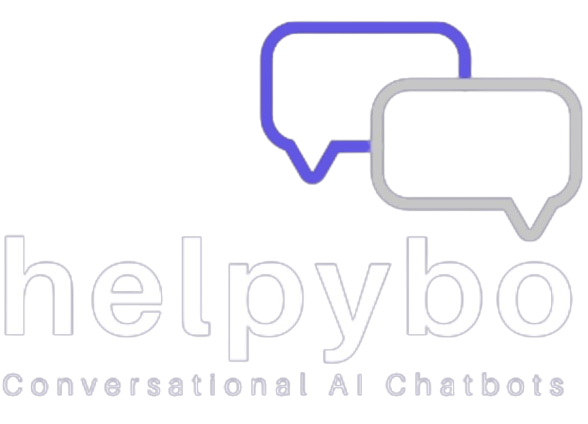Conversational AI vs. Traditional Chatbots: What’s the Future?
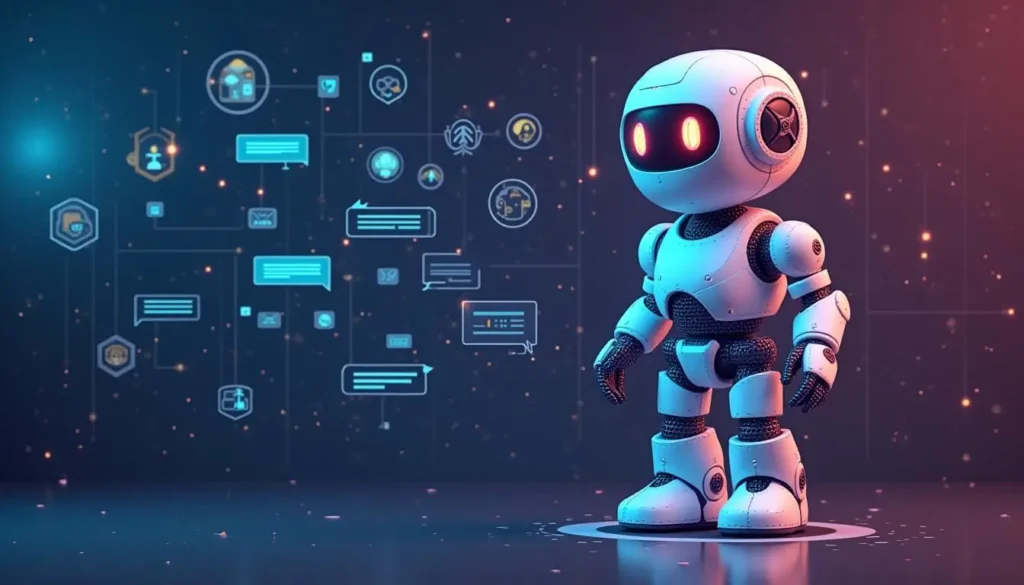
The development of chatbot technology in recent years has transformed corporate automation and customer service. Chatbots have become especially important as companies work to increase consumer involvement, simplify processes, and save expenses. But when technology develops, these tools’ complexity changes as well.
Now coming to conversational AI, which is likely to change corporate interactions with consumers. Although traditional chatbots have been the backbone of automation, AI-powered chatbots are starting to stir waves with more tailored, human-like interactions. This blog will look into the differences between conversational AI and traditional chatbots, thereby clarifying the future of AI chatbots and the reasons companies should use AI-driven chatbot solutions.
What Are Traditional Chatbots?
Often referred to as rule-based chatbots, traditional chatbots are taught a set of pre-defined rules. These rules direct the chatbot’s answers, therefore restricting them to particular interactions depending on keywords or basic instructions. These chatbots are meant to answer often requested queries or complete simple chores like appointment booking or basic assistance.
How Rule-Based Chatbots Work
Rule-based chatbots move straight forward. When a user interacts with a chatbot, the bot matches keywords in the user’s input to start off a series of predefined answers. These bots are usually built with a decision tree guiding the discussion in a particular path depending on user inquiries. For example, the chatbot may just respond with the hours of operation if a client queries corporate hours.
Limitations of Traditional Chatbots
Although conventional chatbots have limited capability, they also come with significant drawbacks:
- Limited Understanding: Rule-based bots sometimes struggle to answer difficult or vague questions as they only react to what they have been taught to recognize.
- Lack of Personalization: These bots cannot recall earlier interactions or adjust to personal demands.
- Frustrating User Experience: If a user’s search does not align with the bot’s pre-defined guidelines, the conversation may swiftly sour relations.
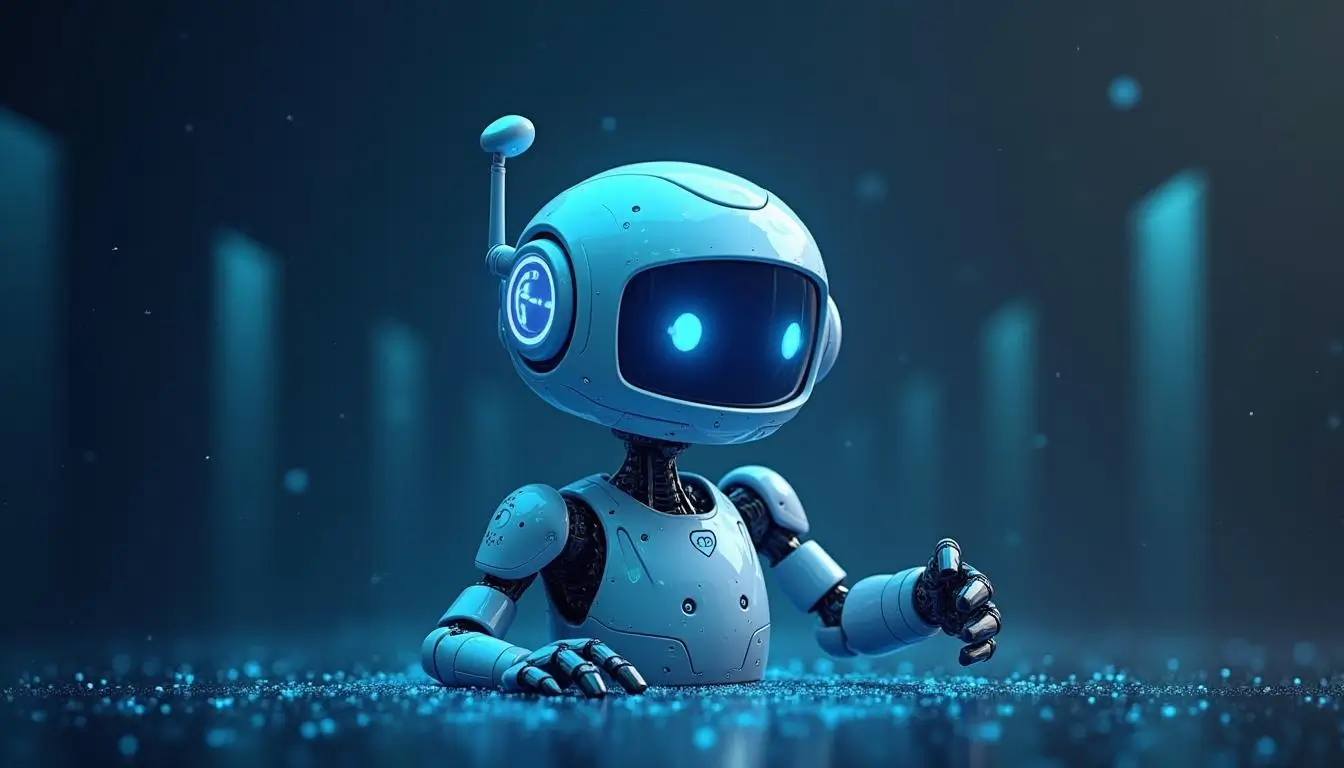
What Is Conversational AI?
Say goodbye to outdated rule-based chatbots; here comes conversational AI, which marks a big change. Conversational artificial intelligence (AI) combines Natural Language Processing (NLP), machine learning (ML), and deep learning models to better interpret and analyze human language, unlike rule-based chatbots. Conversational AI is far better suited to manage different dialogues, as it can understand not just keywords but also the intention behind a communication.
Say goodbye to outdated rule-based chatbots—here comes conversational AI, marking a big change. Conversational artificial intelligence (AI) combines Natural Language Processing (NLP), machine learning (ML), and deep learning models to better interpret and analyze human language, unlike rule-based chatbots. Conversational AI is far better suited to manage different dialogues as it can understand not just keywords but also the intention behind a communication. Discover why conversational AI is the future and how it is transforming the way businesses engage with customers.
How NLP and Machine Learning Power AI Chatbots
NLP allows AI-powered chatbots to process and understand natural language, enabling them to interpret context, tone, and even sentiment. This technology gives conversational AI the ability to engage in more fluid and dynamic conversations, as it can interpret various phrasing and respond intelligently.
Chatbots’ machine learning helps them to grow over time and learn from interactions. NLP-based chatbots can adjust their answers by examining prior interactions, therefore offering more accurate and pertinent answers. This self-improvement mechanism changes everything, as it lets companies constantly maximize consumer experiences and lessens the demand for regular programming upgrades.
Advantages of AI-Driven Chatbot Solutions
Many benefits abound from conversational AI above conventional chatbots:
- Natural, Human-like Interactions: AI chatbots can carry on more natural and intelligent conversations due to NLP and machine learning.
- Context-Awareness: Remembering earlier encounters, artificial intelligence chatbots provide a more tailored experience.
- Complex Query Handling: Conversational AI can manage multi-step, intricate queries that would overwhelm rule-based systems.
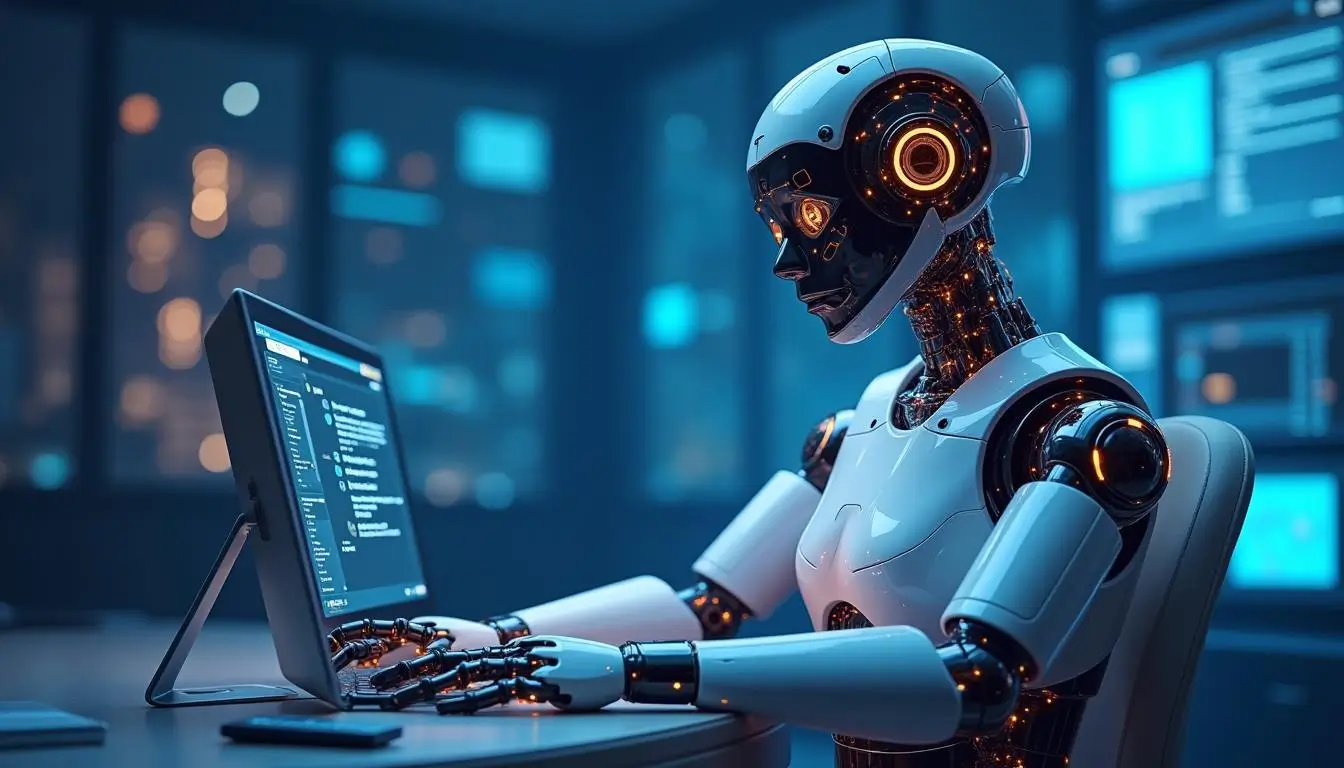
Conversational AI vs. Traditional Chatbots: Key Differences
Accuracy and Understanding
Conversational AI and conventional chatbots differ mostly in their understanding and accuracy. While conversational AI employs NLP and machine learning to understand the subtleties of human language, conventional chatbots are constrained to set rules. This makes AI-powered chatbots, especially in unusual phrasing, significantly more accurate in deciphering user questions.
Whereas traditional chatbots usually follow a strict, rule-based approach, conversational AI may evaluate context, tone, and purpose to offer a more complete response.
User Experience
Customer experience automation depends on human-like interactions, which conversational AI shines at producing. Because the system can participate in back-and-forth conversation and pick up minute emotional signals, consumers dealing with AI-powered chatbots feel as though they are speaking with a real person.
By comparison, rule-based chatbots provide a more robotic and transactional experience. The interaction collapses when the user’s demand violates the set guidelines.
Scalability
Businesses expand and their demand for advanced customer care increases as well. Conversational AI is designed to manage difficult questions, recall consumer contacts, and learn from prior mistakes. It is perfect for expanding customer service operations as it gets more competent and flexible with time.
Conversely, because they depend on strict, fixed rules, traditional chatbots find it difficult to grow. Particularly in cases when those questions are more complicated, they are less suited to handle an increasing stream of requests.
Integration
Conversational AI fits very well with many tools and systems, including databases, CRM systems, and chatbot analytics platforms. This connection helps companies to get insightful information and improve the chatbot’s capacity to give tailored, context-aware replies.
But usually segregated and unable to interact in the same manner, rule-based chatbots have restricted availability on certain platforms or technologies, making them less flexible for companies with more complicated demands. As businesses strive for more advanced and seamless customer interactions, the question arises: So, is your business ready for AI-powered chatbots?
Comparison: Conversational AI vs. Traditional Chatbots
| Feature | Traditional Chatbots | Conversational AI |
| Accuracy & Understanding | Limited to pre-set rules | Uses NLP and ML for dynamic responses |
| User Experience | Rigid, scripted responses | Natural, human-like conversations |
| Scalability | Struggles with complex queries | Adapts and improves with interactions |
| Integration | Limited to predefined platforms | Connects seamlessly with CRM, databases, and analytics |
| Personalization | Generic responses | Context-aware and user-specific responses |
| Learning Ability | Requires manual updates | Continuously improves using machine learning |
How Businesses Benefit from Conversational AI
● Enhanced Customer Experience
By offering customized, 24/7 help, conversational AI presents a major advance in customer experience automation. By interacting with consumers at any moment and providing appropriate answers based on their preferences and past, artificial intelligence chatbots can. This is a development from conventional chatbots, which usually need escalation to human agents and can only address basic questions.
● Increased Sales and Lead Conversion
Lead generation and sales depend much on AI-driven chatbots. Engaging consumers at all phases of the purchase process helps them to provide tailored product suggestions, instantly respond to inquiries, and even manage transactions. Businesses could also anticipate better lead conversion rates.
● Cost Reduction
Conversational AI greatly lessens the need for human agents by automating sales and customer support systems. Human agents are free to concentrate on more difficult or strategic
concerns while AI chatbots handle basic questions and chores. Long-term cost reductions for companies can thus be really significant.
Best AI Chatbots for Business Automation
Companies are using artificial intelligence chatbots in the fast-paced digital environment of today to simplify processes, improve consumer contacts, and automate repetitive jobs. These are some of the top AI chatbots meant for business automation:
- Google Dialogflow – An effective conversational AI tool allowing companies to create sophisticated natural language understanding chatbots. It combines easily with several platforms and supports several languages.
- IBM Watson Assistant – Designed to offer smart customer interactions and simplify support procedures, an artificial intelligence-driven chatbot with strong NLP skills. Watson Assistant may examine prior exchanges to progressively enhance replies.
- Drift – An advanced chatbot driven by AI specifically for marketing automation and sales. It lets companies interact with prospective clients in real-time, qualify leads, and customize user experiences.
- Intercom – Using conversational AI, a very powerful AI chatbot system for customer service allows companies to instantly respond, automate FAQs, and improve user involvement.
- Microsoft Bot Framework – A complete AI chatbot creation tool enabling companies to create, test, and implement intelligent virtual assistants across several channels of communication.
Including these AI chatbots into your company can help you to increase customer interactions, boost production, and enable automation never seen before.
Challenges and Considerations
Although conversational AI has amazing advantages, it is not without difficulties:
- Data Privacy and Security Concerns: AI chatbots sometimes handle private client information, hence they must strictly follow data privacy rules.
- Implementation Costs and AI Training: Conversational AI systems’ first setup and training can be time-consuming and expensive.
- Functionality: Whereas AI chatbots utilize NLP and machine learning in chatbots to comprehend user intent and offer dynamic replies, rule-based chatbots run on predetermined scripts and decision trees.
- Flexibility: While rule-based chatbots are confined to certain instructions, AI chatbots can manage challenging, unstructured questions and change over time.
- Learning Capability: While rule-based chatbots need human updates, AI chatbots keep becoming better by learning from prior encounters.
- Personalization: While rule-based chatbots offer basic, pre-programmed responses, AI-driven systems generate customized, context-aware answers.
- Integration: While rule-based chatbots often operate in isolation, AI chatbots interface with several platforms like chatbot analytics, CRMs, and databases.Balancing AI with Human Support: For complicated problems, some consumers might still want personal connection. Maintaining a good customer experience depends on striking the proper mix between artificial intelligence and human help.
What’s the Future of Chatbots?
Chatbots’ future resides in increasingly more sophisticated AI-powered emotional intelligence competent solutions. Conversational AI is developing so that chatbots not only grasp language but also identify emotional signals and act in response.
1. AI Chatbots with Emotional Intelligence
Future AI-powered customer support chatbots will be able to sense the tone and mood of a discussion by including emotional intelligence into intelligent virtual assistants, therefore enabling them to reply in a more sympathetic and suitable manner.
2. Voice-Powered Conversational AI
Conversational AI is also advancing voice technologies. Virtual assistants driven by AI like Google Assistant, Alexa, and Siri are increasingly being included in company processes as they provide hands-free assistance and enhance client involvement.
3. Predictive AI for Customer Behavior Analysis
Predictive AI is about to raise customer service levels. By analyzing consumer behavior, conversational AI may forecast needs and proactively provide responses before the customer even asks.
“AI is likely to be either the best or worst thing to happen to humanity.” – Stephen Hawking
Conclusion
Conversational AI is, ultimately, a game-changer rather than merely a variation on conventional chatbots. Companies that make investments in AI-powered chatbots will gain from more customized, effective, and scalable customer interactions, hence raising customer happiness, sales, and operational efficiency. Those who embrace AI-driven chatbot solutions will keep ahead of the curve in a market increasingly competitive as the technology develops.
FAQs
- How does conversational AI differ from traditional chatbots?
While conventional chatbots need human updates to maximize their functioning, conversational AI learns from interactions and over time improves its replies. Furthermore, enabling more individualized and human-like interactions is NLP-based chatbots’ ability to detect intent and context. Conversely, conventional chatbots find it difficult to answer sophisticated questions and usually fail when user input varies.
- What industries benefit most from AI-powered chatbots?
Because AI-powered chatbots are needed for constant, efficient, customized client interactions, industries such as e-commerce, banking, healthcare, and customer service may profit the most from them.
- Can AI chatbots completely replace human agents?
Although AI-powered chatbots can manage basic questions and chores, human agents are still indispensable for handling delicate or difficult problems. One should see artificial intelligence as a tool to augment human capacity.
- What are the key challenges of adopting conversational AI?
Implementation expenses, data privacy issues, and the necessity of ongoing training to guarantee the AI chatbot stays accurate and efficient present some difficulties.
- What are the differences between Rule-Based Chatbots and AI Chatbots?
Rule-based chatbots vs. AI chatbots: they differ in their approach to understanding and responding to user queries.
- Why is Conversational AI Replacing Traditional Chatbots?
Conversational AI is gradually replacing conventional chatbots thanks to its higher intelligence, adaptability, and ability to increase client interaction.
- Improved User Experience: While conventional chatbots give stiff, script-based responses, AI-powered chatbots enable human-like interactions with context-aware responses.
- Higher Accuracy: AI can grasp slang, mistakes, and contextual subtleties by using NLP-based chatbots, therefore smoothing out interactions.
- Efficiency and Automation: By managing difficult questions, automating repetitive chores, and providing 24/7 service, AI chatbots help to lower human workload.
- Continuous Learning: By means of machine learning in chatbots, AI may develop, hence enhancing accuracy and relevance without depending on continuous human updates.
- Scalability and Multi-Platform Use: AI chatbots guarantee companies to deliver consistent customer care across several channels by smoothly interacting with websites, mobile applications, and smart virtual assistants.Conversational AI is showing to be the future of automated interactions as companies need more intelligent, efficient, scalable solutions.
